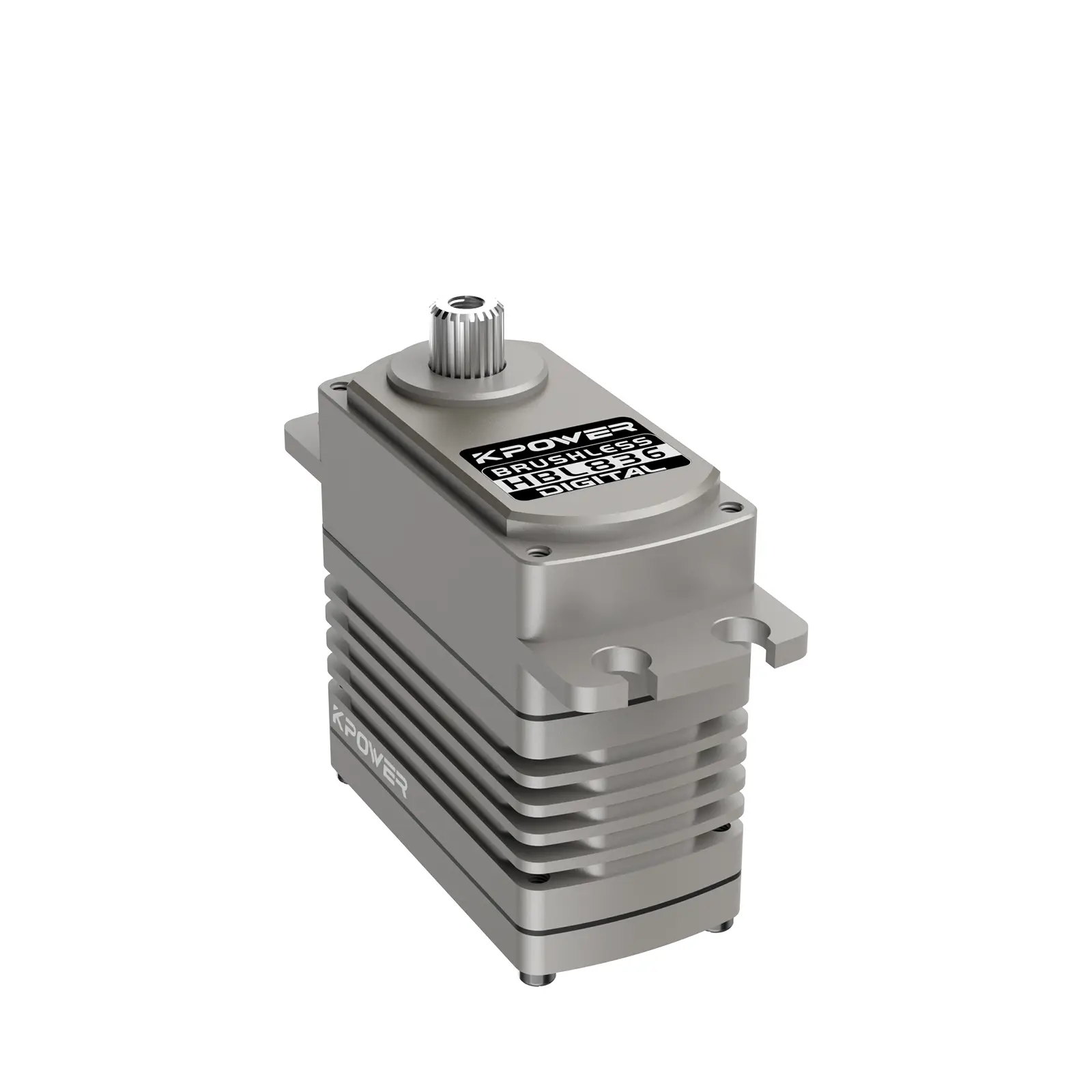When you think about humanoid robots, what usually comes to mind? Sleek, futuristic machines that can mimic human movements with uncanny precision? Behind that reality lies a core component—the humanoid robot joint module. This tiny marvel is the heartbeat of movement, precision, and agility in robots. It’s like the joint in our own bodies, but crafted with engineering artistry to handle complex tasks and repeated motions without missing a beat.

Imagine a robot tasked with assembling delicate electronics or assisting in healthcare. The joint module has to be flexible like a human wrist but also sturdy enough to bear loads and withstand long-term wear and tear. That balance between flexibility and strength? It's what makes these modules essential. They’re designed with high-quality materials, often featuring sophisticated motor systems and advanced sensors that relay real-time feedback. So, the robot doesn’t just move—it moves purposefully.
Now, what’s really fascinating is how these joint modules are engineered for adaptability. They aren’t just stiff mechanical parts; they mimic natural movement patterns. Think about how fingers flex, wrists rotate, or elbows bend. Each motion has to be smooth and precise, especially if the robot is performing intricate tasks like sorting tiny components or assisting elderly people. It’s no wonder that these modules are often customized based on specific application needs—whether it's a tight workspace or a heavy-duty industrial setting.
Here's a question: how do these modules survive the test of time? The answer lies in their design—materials resistant to fatigue, excellent heat dissipation, and reliable lubricants. Plus, the control algorithms that govern their motion are optimized for both efficiency and longevity. It’s like giving your car a tune-up every now and then, but on a much more sophisticated level.
Ever wondered how much a single joint influences the overall robot? Well, a lot. Think about a humanoid robot attempting a simple task—grabbing a glass of water. It’s not just about arm movement; it’s about wrist rotation, finger positioning, and a sense of balance. Each joint module acts as a puzzle piece, contributing to fluid, human-like actions. Without high-quality joint modules, the whole system could become stiff or unreliable. That’s why companies investing in top-tier joint modules see faster response times, better precision, and more natural movement patterns.
People ask, “Can these modules be integrated into existing robots easily?” The answer is, yes. Modular design is a big deal. These joint modules are engineered to be compatible with various robotic platforms, making upgrades or custom designs more straightforward. Whether it’s replacing worn-out parts or designing a robot with specific functionalities, these modules are versatile heroes behind the scenes.
Ultimately, whether you’re building a service robot, industrial automation arm, or research prototype, the choice of joint modules tells a story. It’s about pushing the boundaries of what robots can do—making movements more human, more graceful, and more reliable. Engineering that tugs at the edge of possibility, it’s no exaggeration to say that these modules fuel the future of robotics. They aren’t just parts—they’re the pulse of humanoid innovation.
Established in 2005, Kpower has been dedicated to a professional compact motion unit manufacturer, headquartered in Dongguan, Guangdong Province, China.




































